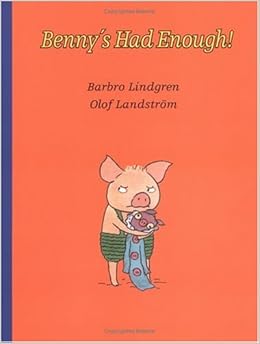 .
. 
Mufaro’s Beautiful Daughters, written by John Steptoe, is an African tale about a man named Mufaro and his very different daughters, Nyasha and Manyara. Nyasha is thoughtful, kind, and generous while Manyara is selfish, conceited, and conniving. The plot of the book is a little similar to the classic tale of Cinderella. There is a prince who is on a quest for a bride and he sets up obstacles that his bride would pass. One sister fails miserably because of ugly traits while the other thrives and becomes the bride.
The
illustrations are beyond just
pictures; it’s almost like you’re in the forest with the characters. Steptoe
uses the lined technique to draw and shade in the pictures. The colors are
vibrant in a natural way. Very detailed drawings are on every page. For
example, when Nyasha was in her garden the crops were in great abundance to show
her blessings.
This
book would be great for activities that include the topics: Fantasy, Reality
and/or Imagination. The younger grades would love reading this and then as a
reader response, the class could discuss the book together. An activity for
this book could be to imagine a new character that could’ve been in the book.
They could create their own creature or person and write something descriptive about
it. In addition, they could discuss the illustrations and how the pictures are
drawn. That could even turn into a mini art lesson.
I read
this book when I was a wee lad…ahem..just a little over 10 years ago. I’ve
always remembered it had such a great message and because of the similarity to the Cinderella
tale. I love underdog stories and when folks who are genuinely good people succeed.
Steptoe, J. (1987). Mufaro's
beautiful daughters. New York: Lothrop, Lee & Shepard Books.
 Benny’s Had Enough,
written by Barbro Lindgren and illustrated by Olof Landstom, is a story about a
young pig who gets fed up with his mother for being, well, his mother. He
doesn’t want her to get his dinner together for him and he doesn’t want her to
give him or his toy a bath. He gets so angry that he runs away to find a family
who doesn’t make him eat his dinner or bathe.
Benny’s Had Enough,
written by Barbro Lindgren and illustrated by Olof Landstom, is a story about a
young pig who gets fed up with his mother for being, well, his mother. He
doesn’t want her to get his dinner together for him and he doesn’t want her to
give him or his toy a bath. He gets so angry that he runs away to find a family
who doesn’t make him eat his dinner or bathe. 